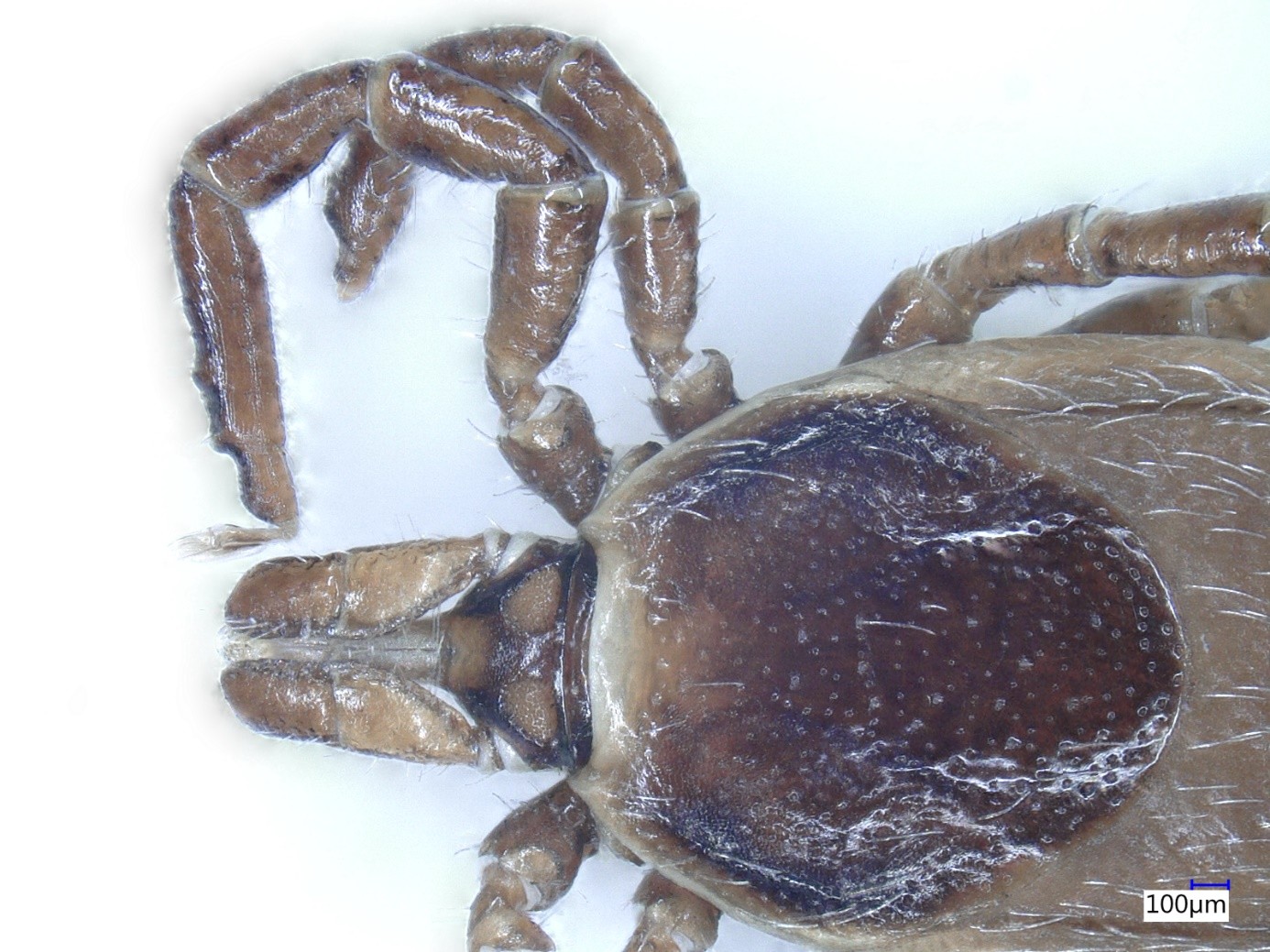The Invasion Biology Division of the National Health Security Laboratory has been established with the leadership of CER as the new center for domestic research on biological invasion
The Invasion Biology Division of the National Laboratory for Health Security (NLHS) has recently been established with the leadership of the ELKH Centre for Ecological Research (CER). The primary mission of the participating experts is to assess the level of threat posed by invasive species in Hungary, develop a comprehensive ecological framework to address the issue, and provide practical recommendations to decision-makers based on scientific findings, in order to support the development of effective invasion defense strategies. Additional consortium members of the project include the University of Pécs (UP), the ELKH Centre for Agricultural Research (ATK), the Hungarian University of Agriculture and Life Sciences (MATE), the University of Veterinary Medicine Budapest (UNIVET), and the ELKH Veterinary Medical Research Institute (ÁTKI).
The plant and animal life on Earth has evolved over millions of years. Populations were separated by oceans, mountain ranges, seas, and rivers, allowing each continent and their various geographic units to develop their unique biodiversity characteristics specific to that particular area. Throughout its history, humanity, especially during the age of great geographical discoveries, has intentionally or accidentally introduced and transported plant and animal species to areas where they were not originally native. In recent decades, globalization has led to a significant increase in the intentional introduction of non-native species for economic purposes, as well as the accidental introduction through transportation, travel, or tourism. Some of these species, once escaping human control, start spreading in their new habitats, causing harm to native flora and fauna. The introduction of new species leads to rearrangements in the ecological relationships among members of the original communities, resulting in damage to the composition and functioning of natural ecosystems, and the decline or extinction of numerous native species.
Articles on topics such as the naturalization of introduced plants began to appear as early as the 19th century. However, by the 20th and 21st centuries, the issue had reached such a magnitude that a new field of study, invasion biology or invasion ecology, emerged to address these questions.
Today, terrestrial ecosystems face a dual crisis of climate change and rapid biodiversity loss. One of the main causes of biodiversity loss, alongside systematic habitat destruction and fragmentation, is the spread of invasive species. The typical case of invasion phenomena occurs when a plant or animal species introduced for economic or aesthetic reasons, escapes from its breeding or cultivation area and becomes an "invasive species", overwhelms the previously diverse native ecosystem. Examples of this include the planting of common milkweed (Asclepias syriaca) or giant goldenrod (Solidago gigantea) as bee pastures, which have caused severe degradation and destruction of our protected and natural grassland areas by today.
However, the range of invasion phenomena is much broader than that. Nowadays, we are familiar with numerous examples where introduced or spontaneously established species act as vectors, carrying new pathogens that can cause previously nonexistent diseases in the given area and potentially lead to epidemics. In recent years, for instance, several invasive mosquito and tick species have appeared in Europe, capable of transmitting various pathogens, including viruses and nematodes, that pose risks to both humans and domestic animals, causing a range of human diseases and conditions, as well as for example heartworm in dogs. The agricultural sector faces a new challenge with the impact of invasive plants on pollinator communities or the appearance and damage caused by invasive sucking pests, mites, and bugs, for example in vineyards and orchards, significantly reducing the efficiency of agricultural production.
Biological invasion is therefore a complex issue that not only directly affects biodiversity loss, but also has a direct impact on various segments of the economy and society, the decline of natural habitats, the reduction and disappearance of native species, the efficiency of agricultural and forestry practices, and ultimately, human health. It leads to the loss of natural and healthy environments and directly contributes to the emergence of new pathogens or allergens.
The severity of the impacts occurring on multiple levels is indicated by the fact that the European Union spends over 12 billion euros annually on combating invasive species and mitigating the damages caused by them, and this amount continues to increase year after year. According to the latest global assessment by the Intergovernmental Science-Policy Platform on Biodiversity and Ecosystem Services (IPBES), the number of invasive species per country has increased by 70 percent since 1970, and over one-third of the currently recorded invasive species have appeared for the first time in a biogeographic region outside their native range in the past four decades. Globally, Europe and North America have the highest number of invasive species, and Hungary is also considered an invasion hotspot. Hundreds of new species have emerged in the past century in the country, many of which have caused significant ecological changes.
The phenomena related to biological invasion are intensively studied by representatives of various disciplines, including ecologists, virologists, plant protection experts and medical professionals. However, there are still numerous unanswered questions in each subfield. Currently, it is not yet possible to predict invasive processes in the same way as, for example, different climate scenarios show the expected outcomes under varying conditions.
As part of the Széchenyi Plan Plus program, the Invasion Biology Division of the National Laboratory for Health Security has recently been established with the support of project RRF-2.3.1-21-2022-00006. The Invasion Biology Division, operated by a consortium led by CER and comprising PTE, ATK, MATE, UNIVET, and ÁTKI, aims to assess and address the actual threat posed by invasive species by developing a unified ecological framework and providing effective practical solutions based on scientific findings.
During the research, experts map and document the appearance and spread of – what based on their societal impact are considered – key invasive species in Hungary, including invasive plants, mosquitoes, plant pests, and wildlife. Understanding the process and driving forces of invasion is crucial for comprehending the effects, predicting invasions, and developing defense strategies. The properties determining the spread success of invasive species, including the contribution of human mobility to their spread, are investigated integratively in experimental systems. The impacts of invasive species on native species, ecosystem functioning, and ecosystem services are also studied. To understand the social and economic consequences of invasion, participating experts collaborate with relevant stakeholders to examine the effects on agriculture, forestry, game management, as well as plant, animal, and human health. A key objective of the project is to develop new technologies based on research findings, using predictive models, artificial intelligence, and molecular methods, to identify and forecast critical invasive events. The development and testing of new methods for invasive species control are also part of the plan.
The members of the Invasion Biology Division of NHSL consider providing continuous comprehensive information on the scope of invasion and the actual level of risks to the wider public, as well as formulating recommendations for decision-makers to develop invasion defense strategies, as their key task.

